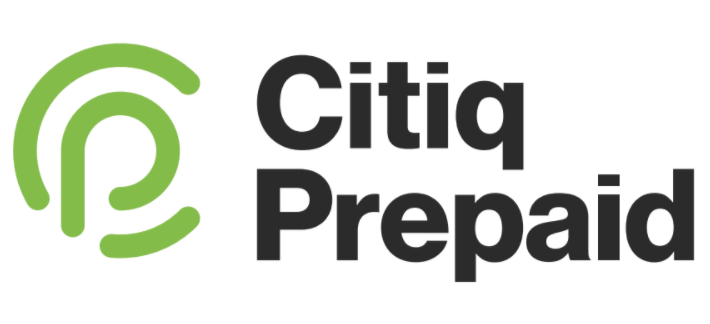Many South Africans have been working from home over the last three months. Together with the electricity tariff hikes in effect from 1 July, most residential users will be in for a shock when it comes to their electricity bill. Complex tariffs are not only frustrating but are hindering attempts by the consumer to manage their electricity costs in a time when, for most people, every cent counts.
“Electricity tariffs factor in the costs to build, finance and maintain the grid. It is both reasonable and desirable that Eskom and our municipalities receive enough funding so that, with proper management, they can keep the lights on and our economy growing. The trouble, however, is that over the years our electricity tariffs have become so complex that consumers are bearing the brunt of an opaque creation that is resulting in higher bills and defaulting consumers,” says Michael Franze, Citiq Prepaid Managing Director.
In 2010 the energy regulator, NERSA, recommended its inclining block tariffs (IBTs) in an effort to provide cross-subsidies for low-income domestic consumers and encourage energy efficiency. On its website, it has published a study where it defends the efficacy of the solution. However, Franze says despite its obviously good intentions, the complexity of the tariffs is hindering energy-saving efforts and the confusion can result in suboptimal consequences, exacerbated by the current economic climate.
“The better solution is to match the tariff structure to what people can understand and the capabilities of meters and systems. Most residential meters can only measure kWh and give users no tariff feedback,” explains Franze.
He goes on to give an example: “If a meter could signal to the user that they have now exceeded their allocation in the first block of an IBT and they are moving into the next, more expensive one, then this would help modify user behaviour, as Nersa intended.”
However, this is not the case and Franze continues: “With a postpaid sub-meter the user will find out months after the fact with no opportunity to modify behaviour. And only when municipalities actually print the tariff blocks on their invoices, which many do not do. For prepaid sub-meters, meanwhile, people will buy credits for the month and the only indication of the tariff blocks will be on the receipt. And, when they buy for more than one month, they end up paying more than if they waited to buy again the following month. It is unrealistic to expect people to translate the IBT into something intelligible, even if they have access to the information and take the time to understand it.”
Landlords have additional headaches
While the electricity end-users have their own challenges, Franze says these are exceeded by landlords who, he says, are faced with bills that are even more complicated.
“The landlord bill can be very complex and almost impossible to translate into a tariff for their tenants. Maximum Demand Charges or Seasonal Tariffs might make sense for industrial users but residential tenants typically have no control over these variables.”
Franze believes it unfair to expect a tenant to understand that, for three months of the year, their tariff jumps threefold. Rather, he believes it would be better to simply have a slightly higher tariff in low usage summer months to make up for the higher cost in winter.
Similarly, he points out that the Reactive Energy charge (a charge for ‘non-working’ power, or power that has to be made up due to inefficiencies at the customer’s load source) is only measurable with industrial meters.
“These industry complexities cause huge headaches for the landlords and often result in tenants either over or underpaying. This leads to disputes and non-payment, the knock-on effect of both of these can even result in evictions.”
Keep it simple
Franze believes that both Eskom and the municipalities would benefit from a simple, flat kWh tariff with lower rates for indigent users. What’s more, additional billing items such as daily and flat charges should be avoided.
“Creating a tariff structure that people understand will improve confidence in tariffs overall, lower disputes and cut down on non-payment.”
At the moment we are stuck with complex tariffs that can only be justified with user education. But this education is sorely lacking. A glaring example is that the Tariff increases would have gone live without being published on most municipal websites. For example, on the City of Joburg website, the tariff update was only published on 6 July:
The City of Cape Town’s publication of their updated tariffs are ok, but not that of the City of Ekurhuleni, which last published their tariffs in 2019 Nor that of the City of Tshwane, which still reflects outdated tariffs.
And then we have some really poor municipalities. Buffalo City last shared their tariffs three years ago.
And then when the correct tariff is published it is almost unintelligible to somebody outside the industry. This example is from the published City of Cape Town tariffs (and the tariff is actually quite simple).
Unfortunately for both landlords and tenants very few municipalities will have the new 1 July tariff structure published anywhere for the next few weeks or even months. We can expect some confusion and anger from consumers, and, given our fragile power system, additional non-payment pressure is not ideal,” Franze warns

